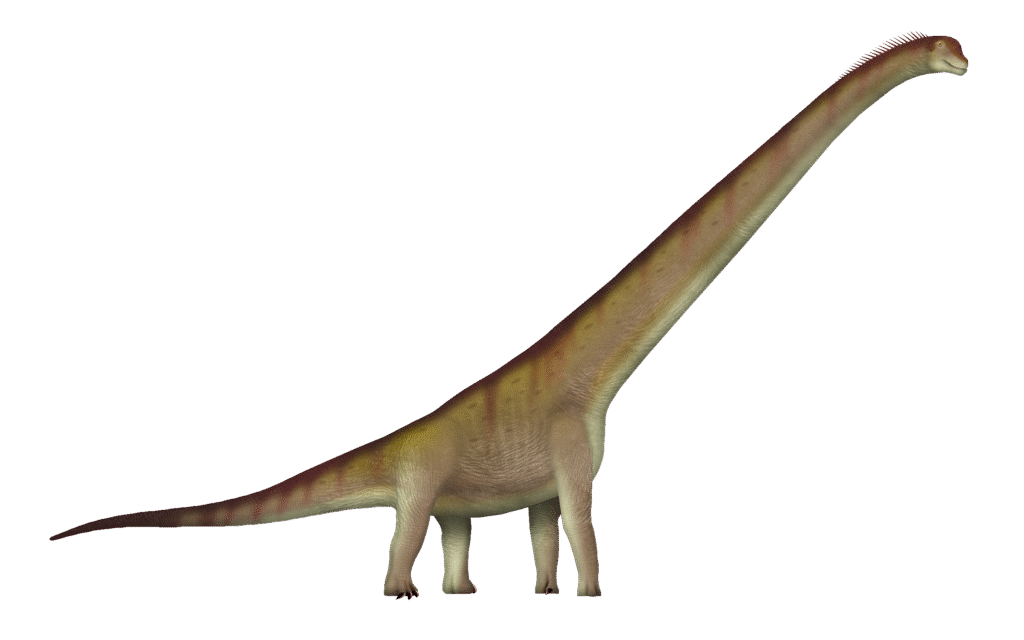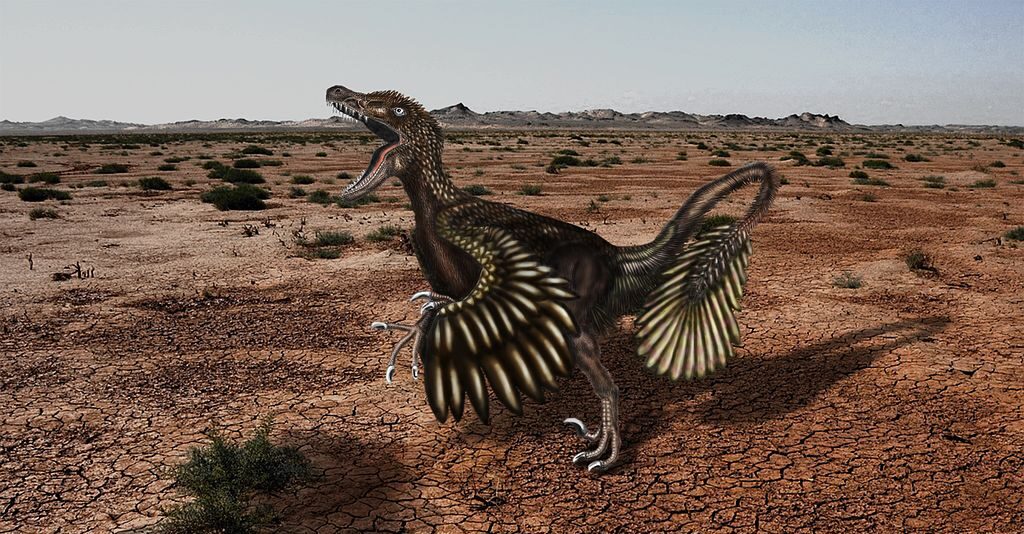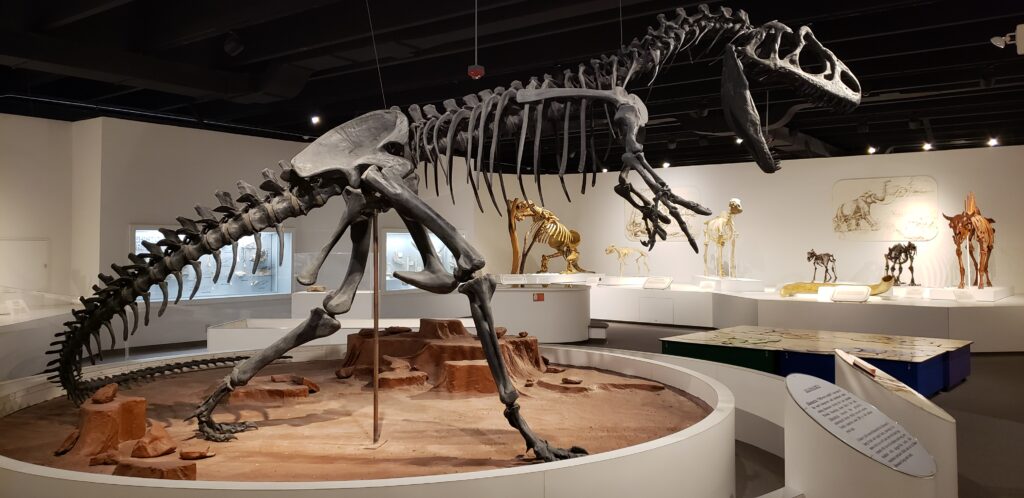Sauroposeidon, meaning “lizard earthquake god,” stands as one of the tallest dinosaurs ever discovered, with remains primarily found in Oklahoma and Texas. This colossal sauropod roamed the early Cretaceous period approximately 110-115 million years ago, leaving behind a legacy that continues to fascinate paleontologists and dinosaur enthusiasts alike. Its massive neck vertebrae, some measuring nearly 4 feet in length, hint at a creature of truly staggering proportions. As we explore this magnificent prehistoric giant, we’ll uncover how this Texas titan lived, what made it unique among dinosaurs, and why its discovery revolutionized our understanding of sauropod evolution.
Discovery and Naming: Unearthing a Giant
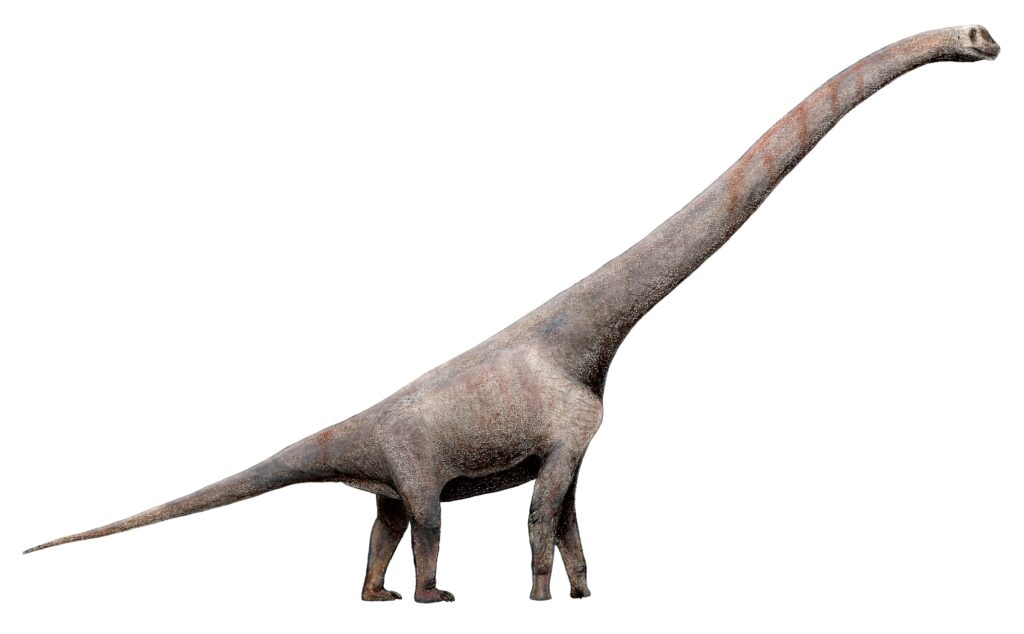
Sauroposeidon’s story begins in 1994 when its remains were discovered in southeastern Oklahoma by Dr. Richard Cifelli and his team from the Oklahoma Museum of Natural History. Initially misidentified as petrified wood due to their enormous size, the fossils remained unstudied until 1999, when paleontologists realized they had found something extraordinary. The genus name combines “sauro” (lizard) with “Poseidon,” the Greek god of earthquakes, reflecting the immense ground-shaking impact this animal would have had while walking. When formally described in 2000 by Wedel, Cifelli, and Sanders, the single species was named Sauroposeidon proteles, with “proteles” meaning “perfect before the end,” referencing its position as one of the last giant sauropods in North America before their regional extinction.
The Limited Fossil Record

Despite its significance, Sauroposeidon is known from remarkably few fossils, making it one of the most fragmentary giant dinosaurs ever named. The holotype specimen consists of only four articulated neck vertebrae, which were found in the Antlers Formation of Oklahoma. These vertebrae alone were enough to indicate the animal’s enormous size, but their incompleteness has left many aspects of Sauroposeidon’s anatomy to speculation and comparison with better-known relatives. Additional material potentially belonging to Sauroposeidon has been discovered in Texas’s Twin Mountains Formation, including a partial juvenile skeleton informally nicknamed “Paluxysaurus.” The scarcity of fossils highlights the challenges paleontologists face when attempting to reconstruct these ancient giants, requiring careful comparative analysis with other sauropods to fill in the considerable gaps in our knowledge.
Size and Scale: A True Prehistoric Skyscraper

The dimensions of Sauroposeidon challenge our comprehension of just how large land animals can grow. Based on the recovered vertebrae and comparisons with related dinosaurs, paleontologists estimate that Sauroposeidon reached heights of up to 56-60 feet (17-18 meters) – taller than a six-story building. Its total length likely exceeded 100-110 feet (30-34 meters), making it longer than three school buses placed end-to-end. Weight estimates suggest this titan tipped the scales at 50-60 tons, roughly equivalent to ten modern African elephants. Its neck alone measured approximately 39 feet (12 meters), allowing Sauroposeidon to reach vegetation that no other contemporary dinosaur could access. These measurements place Sauroposeidon among the tallest known dinosaurs, though incomplete remains make precise size rankings difficult to establish with certainty.
Evolutionary Context: The Brachiosaurid Connection
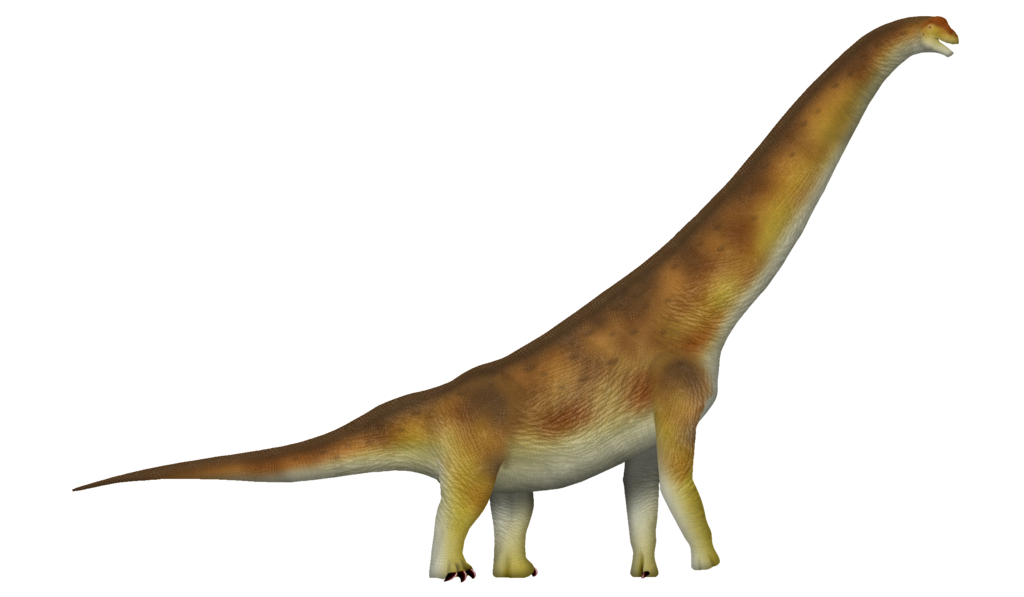
Sauroposeidon belongs to the family Brachiosauridae, a group of sauropods characterized by their long necks, relatively long forelimbs, and high-browsing adaptations. This family includes the famous Brachiosaurus from North America and Giraffatitan from Africa, both known for their upright, giraffe-like posture. Sauroposeidon represents one of the last and largest members of this family, appearing in the fossil record long after the Morrison Formation giants of the late Jurassic had disappeared. Its existence suggests that gigantism in sauropods continued well into the Cretaceous period in North America, contrary to earlier theories. The evolutionary relationship between Sauroposeidon and other brachiosaurids demonstrates how these giants adapted to changing ecosystems over millions of years, with Sauroposeidon possibly representing the peak of brachiosaurid specialization for high browsing before this ecological niche disappeared in North America.
Anatomical Specializations

The most striking feature of Sauroposeidon was undoubtedly its extraordinarily long neck, supported by vertebrae that showcase remarkable specializations for size and weight reduction. The recovered neck vertebrae contain large air spaces (pneumatic chambers) that made them surprisingly lightweight despite their enormous dimensions. These hollow chambers were part of an extensive air sac system similar to that of modern birds, helping to reduce the neck’s weight by up to 60% compared to solid bone. The vertebrae also featured elongated neural spines and complex articulations that provided both flexibility and stability. Sauroposeidon’s front legs were likely longer than its hind legs, giving it the distinctive front-sloping profile characteristic of brachiosaurids. This anatomical arrangement, combined with its neck length, allowed Sauroposeidon to reach vegetation at heights no other dinosaur of its time could access, creating an effective feeding strategy with minimal competition.
Feeding Behavior and Diet
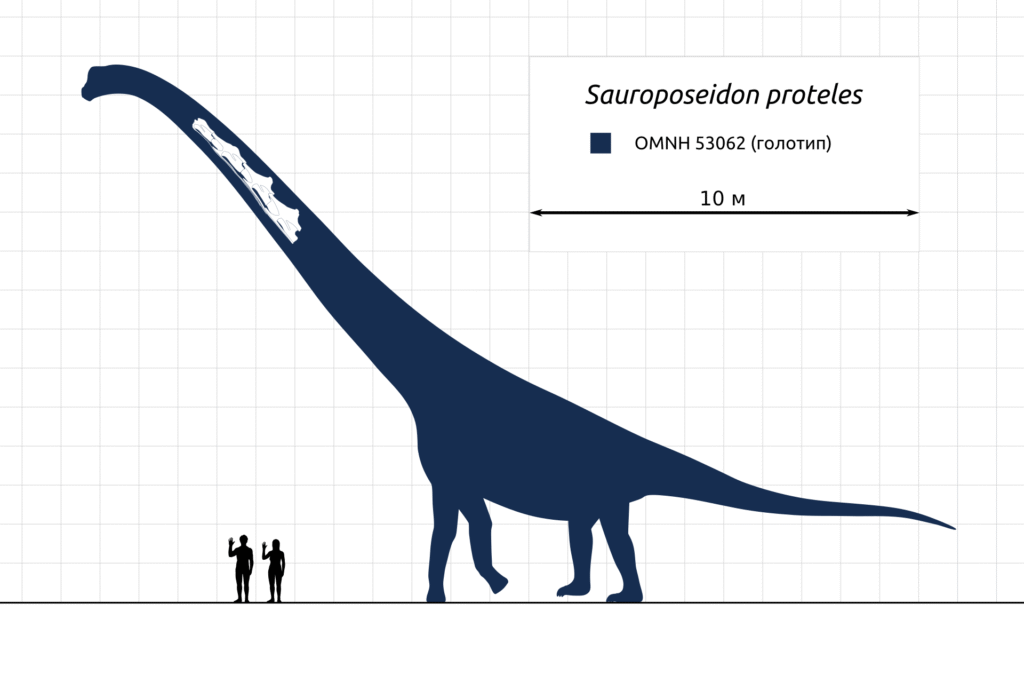
Sauroposeidon’s feeding ecology was defined by its ability to browse at extreme heights, potentially reaching vegetation up to 50-55 feet (15-17 meters) above the ground. This unprecedented reach would have given it exclusive access to food sources unavailable to other dinosaurs, effectively creating its ecological niche. Like other sauropods, Sauroposeidon was herbivorous, likely consuming massive quantities of conifers, ginkgoes, cycads, and early flowering plants that dominated the Cretaceous landscape. Its teeth, though not preserved in known fossils, were probably similar to those of related brachiosaurids – pencil-like structures adapted for stripping vegetation rather than chewing. Sauroposeidon likely processed food through gastroliths (stomach stones) and extensive fermentation in its enormous digestive system. Given its massive size, paleontologists estimate it may have consumed hundreds of pounds of plant material daily to sustain itself, spending most of its waking hours feeding to meet its substantial caloric requirements.
The Early Cretaceous Environment

Sauroposeidon inhabited what is now Oklahoma and Texas during the early Cretaceous period, approximately 110-115 million years ago, in an environment vastly different from today’s Great Plains. The region was then a coastal lowland bordering the expanding Western Interior Seaway, characterized by warm, humid conditions and extensive floodplains. The landscape featured river deltas, swamps, and seasonal floodplains teeming with vegetation that could support massive herbivores. Conifer forests dominated the higher ground, while ferns, cycads, and early angiosperms (flowering plants) flourished in the understory. This rich botanical diversity provided the abundant food resources necessary to sustain giants like Sauroposeidon. The dinosaur shared this ecosystem with the predatory theropod Deinonychus, the armored nodosaur Pawpawsaurus, and various other dinosaurs, crocodilians, pterosaurs, and early mammals, forming part of a complex and dynamic ecological community that thrived along the ancient Gulf Coast.
Paleoecological Significance
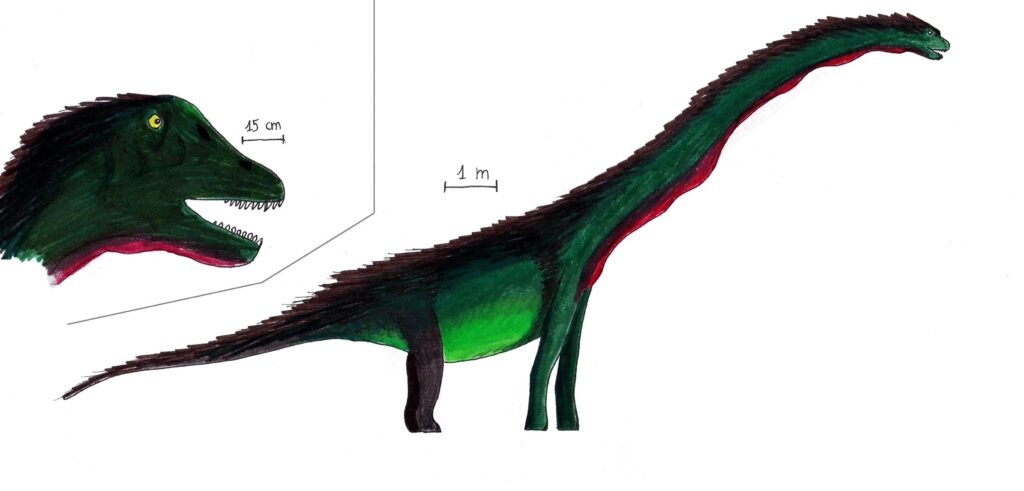
Sauroposeidon’s extreme size and specialized feeding adaptations made it an ecological cornerstone in its ancient environment. As a mega-herbivore, it would have consumed enormous quantities of vegetation, significantly affecting plant communities and forest structure through its selective browsing. This feeding behavior likely promoted certain plant species while suppressing others, potentially increasing overall plant diversity. Its massive size also meant that adult Sauroposeidon had few, if any, predators, though juveniles would have been vulnerable to large theropod dinosaurs. As these giants moved through their environment, they would have created pathways through dense vegetation, potentially facilitating movement for other animals. Additionally, a single Sauroposeidon carcass would have provided an enormous nutrient pulse to the ecosystem upon death, supporting scavengers and decomposers for extended periods. This ecological impact, combined with its specialized high-browsing niche, suggests Sauroposeidon played a unique and influential role in shaping its ecosystem.
Growth and Life History
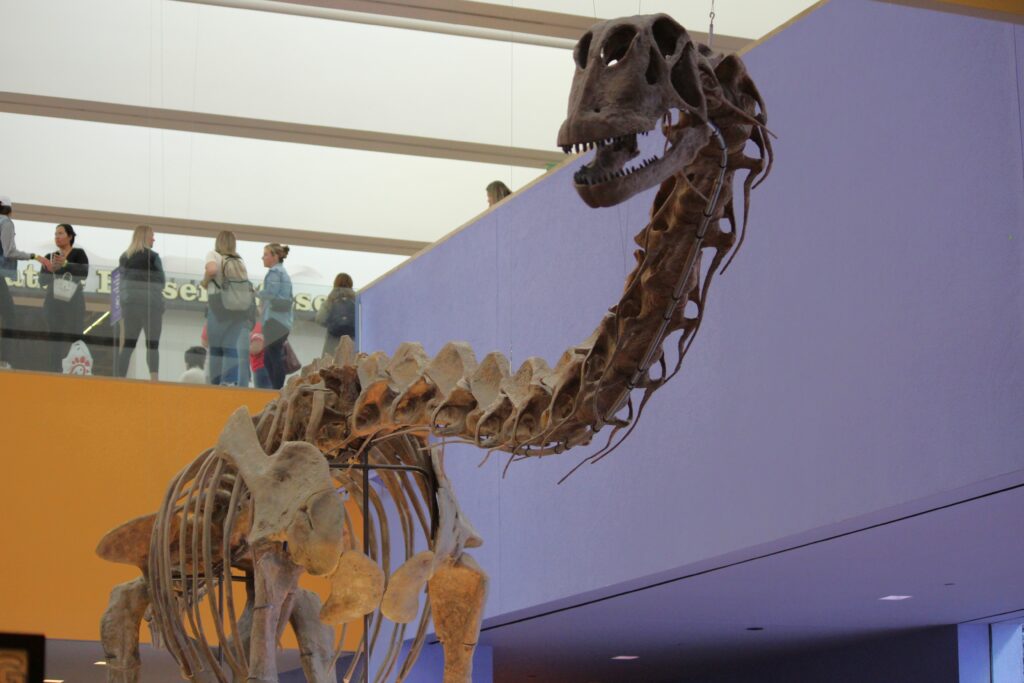
The growth trajectory of Sauroposeidon represents one of the most extreme examples of vertebrate development known to science. Hatching from eggs roughly the size of footballs, Sauroposeidon hatchlings would have been relatively tiny compared to their adult form, perhaps weighing only a few kilograms. Through histological studies of related sauropods, paleontologists believe these giants experienced rapid growth during their juvenile years, potentially adding several tons annually during peak growth phases. This accelerated growth rate would have been necessary to reach their enormous adult size while minimizing vulnerability to predation. Based on growth ring analysis in related sauropods, Sauroposeidon likely reached sexual maturity before attaining maximum size, perhaps after 10-15 years of growth. Its maximum lifespan remains uncertain, but comparisons with other large dinosaurs and modern reptiles suggest these titans could potentially have lived 70-100 years if they survived to full adulthood, representing one of the most dramatic growth stories in vertebrate evolution.
Locomotion Challenges
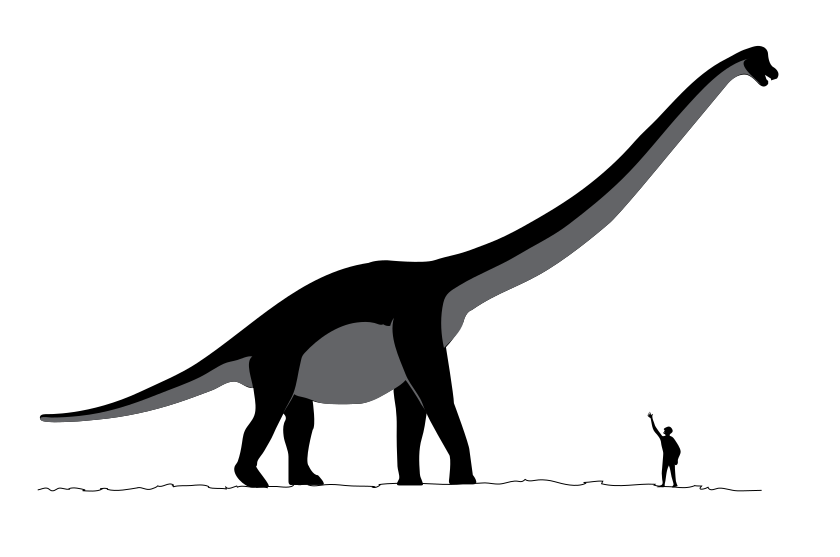
Moving a body as massive as Sauroposeidon’s presented significant biomechanical challenges, requiring specialized adaptations for terrestrial locomotion. Despite weighing as much as ten elephants, studies suggest Sauroposeidon could move with surprising efficiency thanks to its column-like limbs, which transferred weight directly downward with minimal muscular strain. Its feet would have featured a horseshoe-shaped arrangement of toes with a fleshy pad to distribute weight, similar to modern elephants but on a much larger scale. Biomechanical models indicate Sauroposeidon likely moved at relatively slow speeds, perhaps 5-10 miles per hour at maximum, with a walking style that minimized vertical oscillation of its massive body. The energy cost of locomotion would have been substantial, requiring carefully balanced movements to conserve energy. Unlike some other sauropods, Sauroposeidon’s front-heavy build meant it was likely incapable of rearing up on its hind legs, relying instead on its tremendous height to access resources without changing its quadrupedal stance.
Respiratory System: Breathing Like No Mammal Could
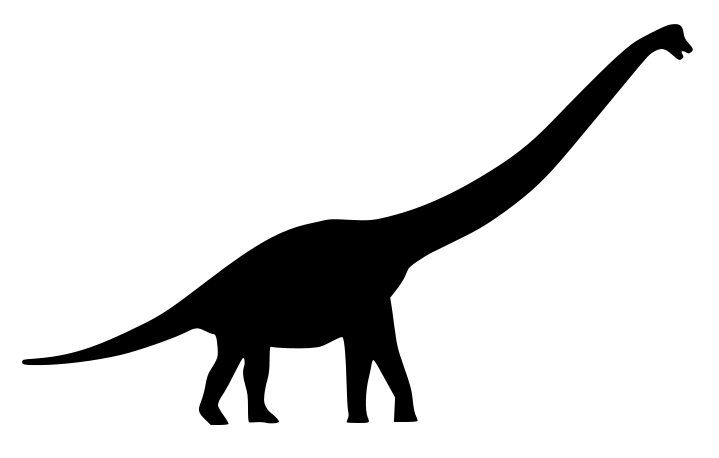
Supporting a neck that stretched nearly 40 feet into the air required not just structural adaptations but also specialized respiratory mechanisms unlike anything seen in living mammals. Sauroposeidon almost certainly possessed a bird-like respiratory system with air sacs extending throughout its body, including into its vertebrae. This system created a one-way flow of air through the lungs, significantly more efficient than the in-and-out breathing of mammals. The extensive pneumatization (presence of air spaces) observed in Sauroposeidon’s vertebrae provided crucial weight reduction while also suggesting an elaborate network of air sacs throughout its body. These air sacs would have served multiple functions: enhancing breathing efficiency, reducing body weight, and potentially aiding in thermoregulation by dissipating excess body heat. Without such a specialized respiratory system, a neck of such extreme length would have created insurmountable breathing challenges, as the dead space (air that never reaches the lungs) would have been prohibitively large for a mammal-like breathing system.
Extinction and Legacy

Sauroposeidon represents one of the last giant sauropods known from North America before their regional disappearance, making it a crucial data point in understanding sauropod decline. While sauropods continued to thrive in South America, Africa, and Asia until the end-Cretaceous mass extinction 66 million years ago, they largely disappeared from North America shortly after Sauroposeidon’s time, approximately 110 million years ago. This regional extinction coincided with significant ecological changes, including the rise of specialized herbivorous dinosaurs like hadrosaurs and ceratopsians that may have outcompeted sauropods for certain resources. The changing flora, with flowering plants becoming increasingly dominant, may have also played a role in altering the ecological landscape that had previously supported these giants. Though Sauroposeidon’s lineage ended in North America, its evolutionary innovations and extreme adaptations represent a pinnacle of sauropod specialization, demonstrating the remarkable potential of vertebrate evolution to produce creatures that stretch the boundaries of what seems physically possible.
Modern Scientific Significance

Beyond its impressive dimensions, Sauroposeidon continues to provide valuable scientific insights across multiple disciplines. Biomechanical engineers study its structure to understand how biological systems can support extreme weights and heights, informing designs from architecture to robotics. Physiologists examine the theoretical limits of Sauroposeidon’s cardiovascular system to understand the absolute constraints on terrestrial animal size, helping establish the biological boundaries for land animals. The study of Sauroposeidon’s likely metabolism and energy requirements offers insights into scaling laws that govern the relationship between body size and energy consumption across all animals. Additionally, Sauroposeidon represents an important calibration point for understanding the maximum size attained by terrestrial vertebrates, allowing scientists to test hypotheses about the factors that ultimately limit animal dimensions. With each new analytical technique developed, from CT scanning to finite element analysis, Sauroposeidon’s fragmentary remains continue to yield new information, demonstrating the ongoing scientific value of even incomplete fossil specimens when they represent evolutionary extremes.
Conclusion

Sauroposeidon stands as a testament to the extraordinary potential of evolution to produce creatures that seem almost mythical in their proportions. From its humble beginnings as mistakenly identified “petrified wood,” this Texas titan has emerged as one of the most significant sauropod discoveries of recent decades, despite being known from surprisingly few fossil remains. Its colossal neck reaching heights of up to 60 feet above the ground represents one of the most extreme adaptations in vertebrate history, allowing it to access food sources unavailable to any contemporary creature. As one of the last giant sauropods in North America, Sauroposeidon marks both the pinnacle and conclusion of a remarkable evolutionary journey that spanned over 100 million years. Though we may never know all the details of how this magnificent creature lived, what we have learned from its fragmentary remains continues to expand our understanding of the biological possibilities on planet Earth and the remarkable diversity of life that has called it home.

